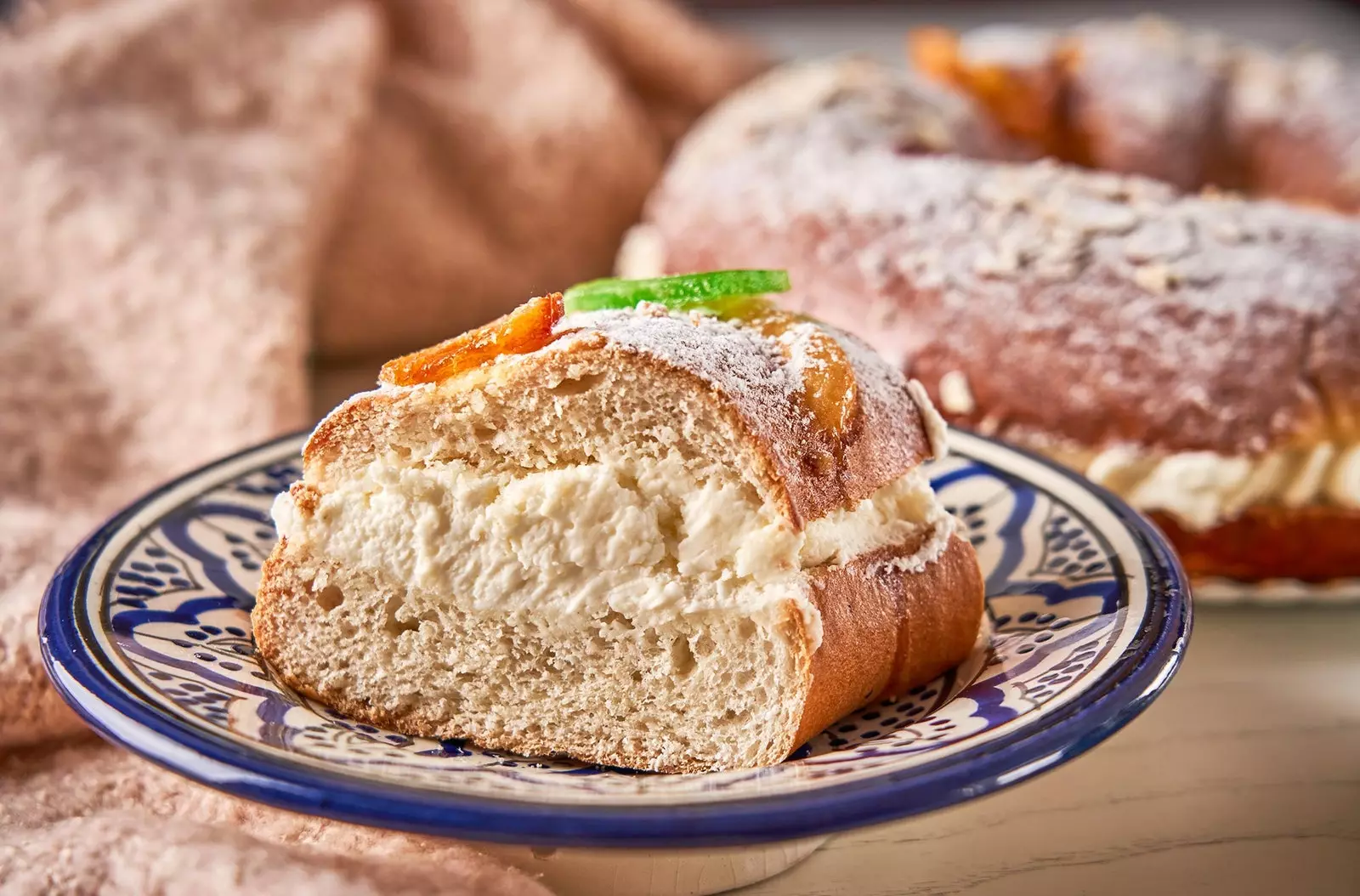
With cream or without cream?
The origin of the roscón is somewhat uncertain since we have been eating bread to celebrate things since the time of the Romans. In fact, we recently told you how the Saturnalia Romans were the origin of Christmas traditions as dumb as kiss each other.
Already at that time they exchanged and ate honey bread to celebrate the end of the solstice, being the forerunner of that tradition of eating sweet bread in the celebrations that would be passed down from generation to generation.
FROM SWEET LOAF TO “TUNING”
The fashion of eating a bun by Christmas has been around for centuries, although eating it in the shape of a roscón It is not such an old custom.
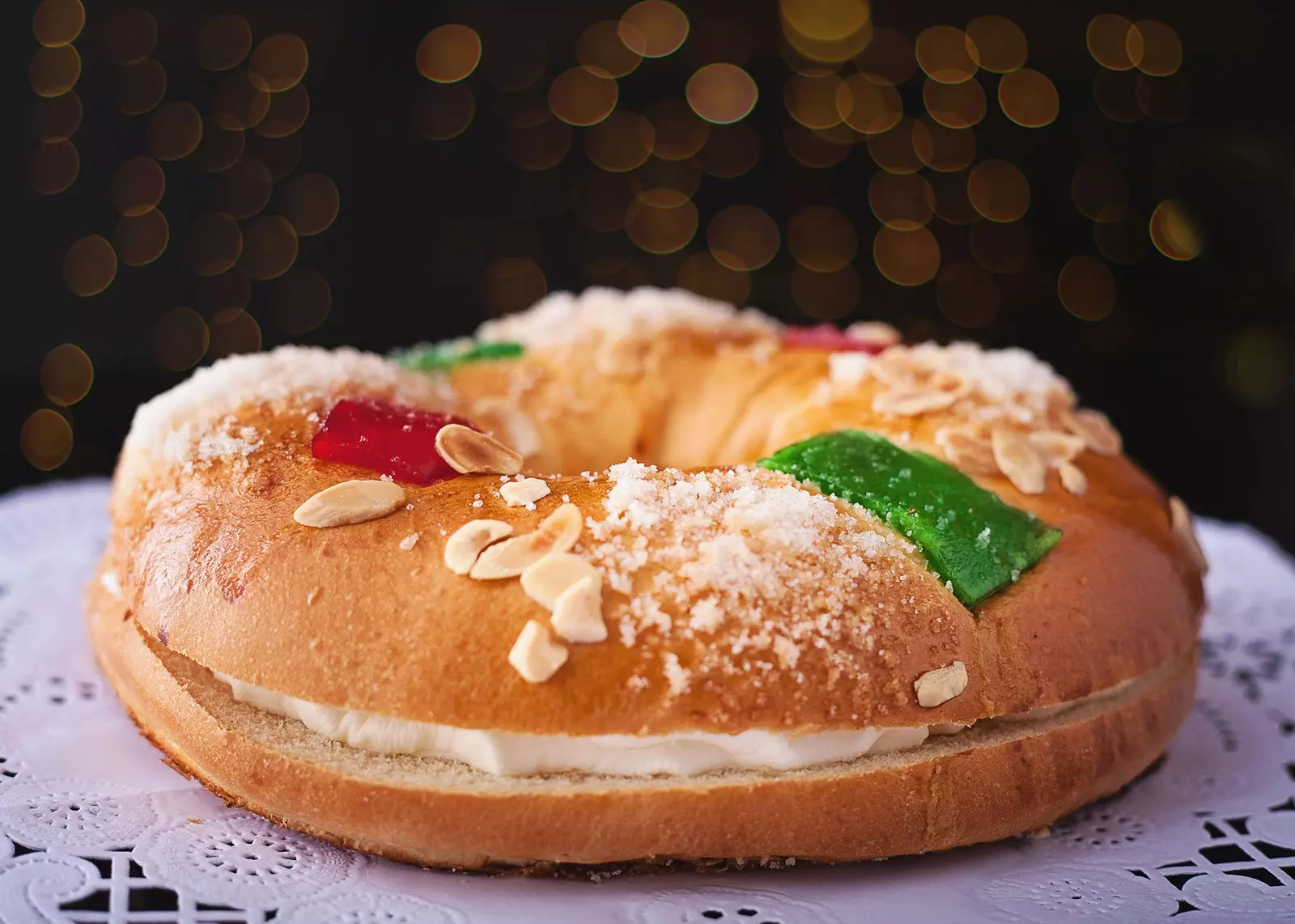
The Three Kings are here and, of course, the roscones!
Although in some areas of Spain they do not remember having eaten roscón in the past, the 19th century was crucial in the normalization of this precious Christmas sweet, a tradition that also was imported from France and that is currently extended by ** Portugal, South America and a large part of Spain.**
**In France ** they have been making roscón ** (which they call "cake of kings") ** since the 16th century, and it was so popular that bakers and pastry chefs disputed the right to make them.
With the arrival of the French Revolution, more specifically on December 30, 1792, sans culottes (part of the French Revolutionary Army) they made the day of Kings represent those of their guild , making of Gateau des Rois (kings cake) the bread that commemorated freedom.
This Kings cake caught the interest of Spanish pastry chefs in the 19th century, which is why at the end of the 19th century the famous cake began to be seen in the form of a donut, with a bean inside and with a figurine instead of a coin.
The 20th century meant the triumph of the roscón, even when after the Civil War was rubbing missing.
Possibly, the history of the roscón de Reyes in Spain took an unexpected turn when In the 1970s, the first cream-filled roscones appeared. It is from this moment that the transformation of the roscón begins, its particular tuning.
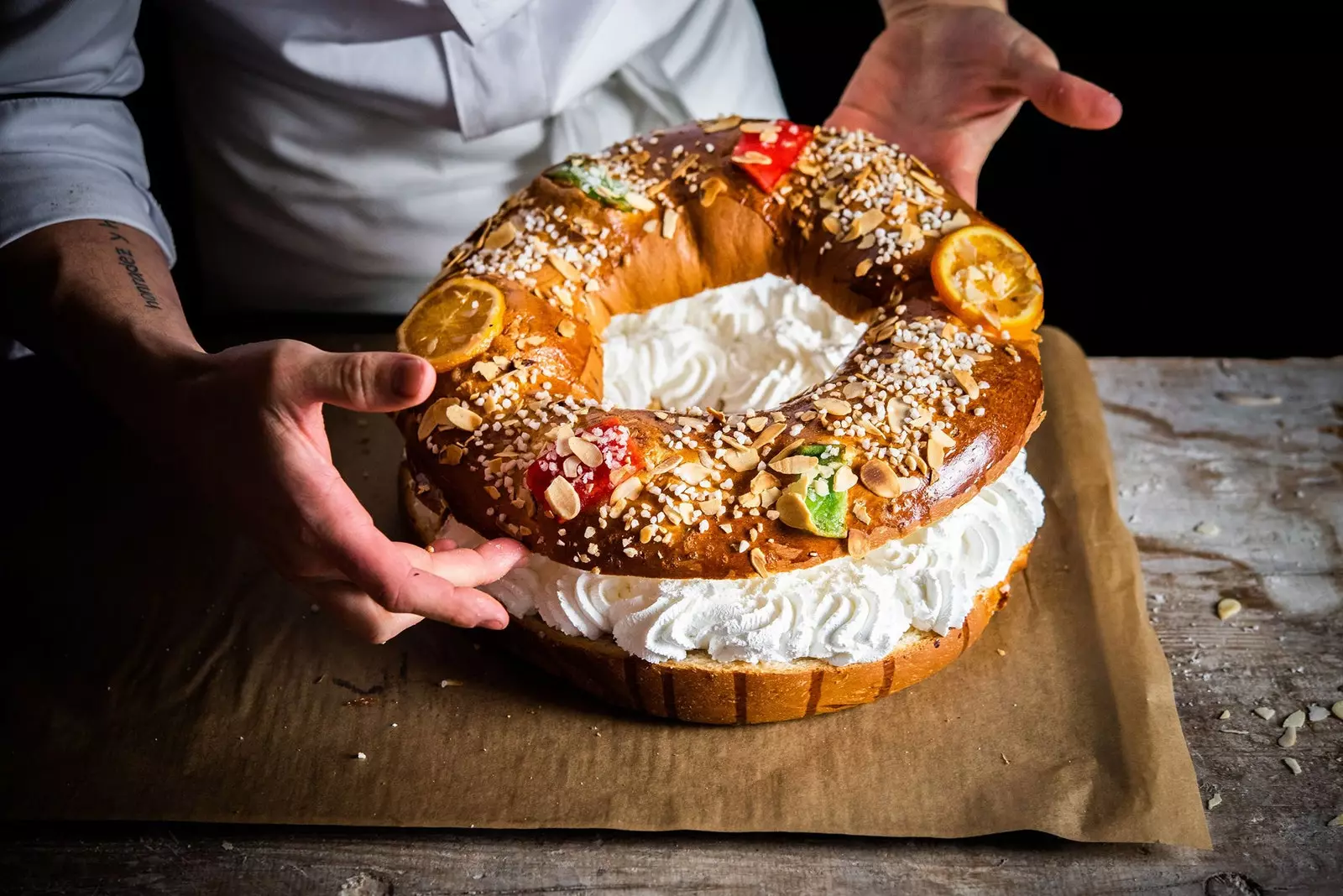
Mother Yeast Roscón
The 80s and 90s brought cream, truffle or coffee cream fillings , being the prelude to what we see today: a universe of the roscón where the salty already has room. And from there to eternity.
DISCOVERING HOW A ROSCÓN IS MADE
We wanted to go one step further and discover what is in the bowels of the world of the roscón, and for this reason we have gone to one of the workshops that produces one of the most famous roscones: Babette's oven .
There we meet Beatriz Echeverría, journalist and doctor in History that, after two decades away from our country, she returned to Spain and she set up a cooking school specialized in bakery. A few years later, after a two-month internship at New York , she opened Babette's Furnace with Carla Medrano.
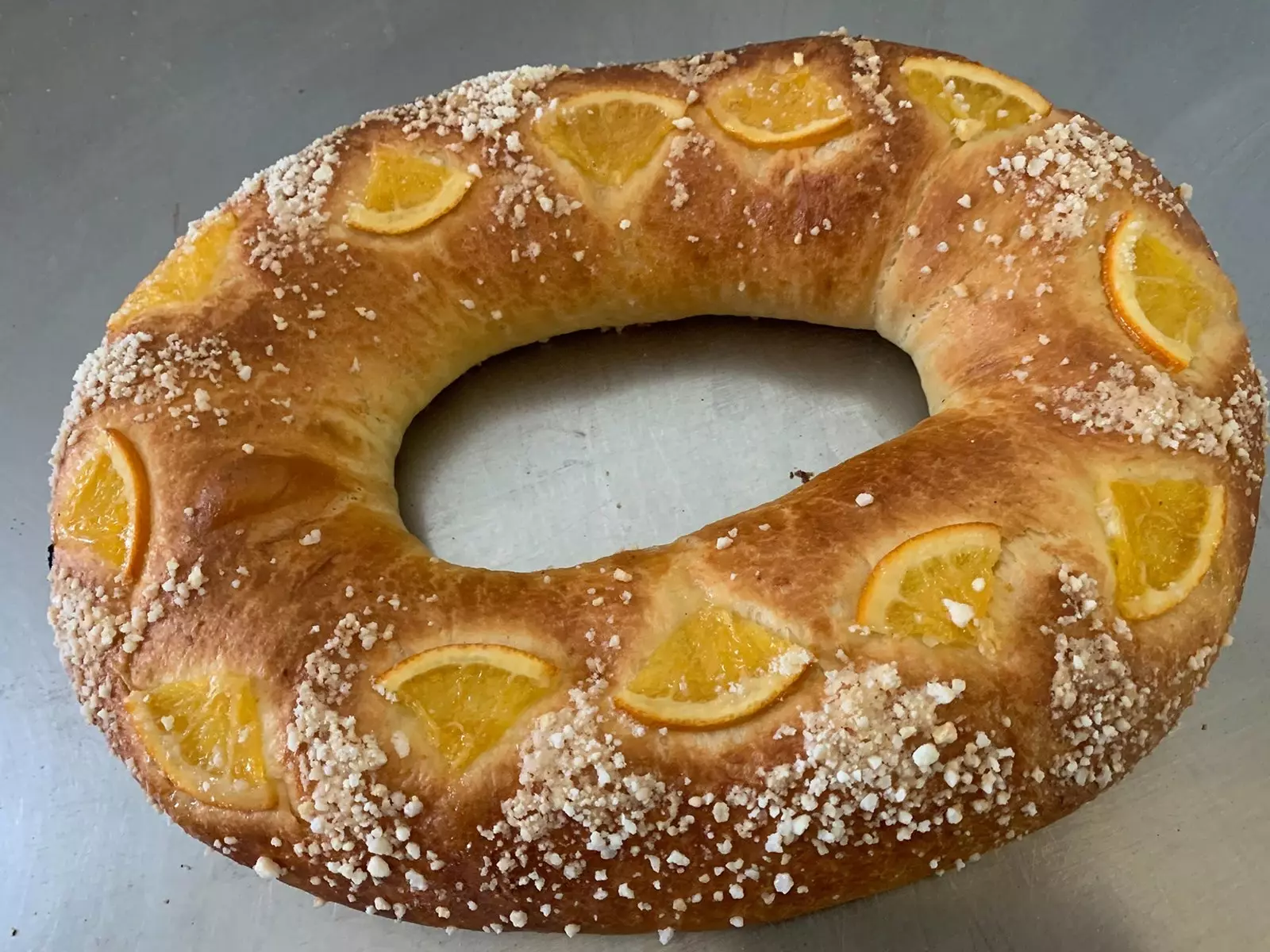
Roscón from Babette's Oven
Echevarría unravels the ins and outs of the perfect roscón: “An artisan roscón begins grating citrus , something so important that it cannot be replaced with chemical aromas. Then comes the preparation of the dough , which usually has the same ingredients, although in different proportions depending on the place: flour, water, eggs, yeast, zest, salt, orange blossom water, rum, sugar...".
"You can also take mother dough, like ours. We strive to find the best ingredients and whenever we can with ecological certification. The time depends on the process of each workshop, in our case the roscón takes a slow kneading and a minimum fermentation of 18 hours ”, she points out.
Beatriz is a staunch defender of crafts. For her, every craftsman has the right to express his creativity in whatever way he pleases and the public can choose what they like best, classic roscón or extravagant roscón.
“When it comes to the roscón, we are more purists, we like the clean flavor of the roscón, we don't even put stuffing on it, there are no limits to the imagination” she explains.
And it is that they have taken so much care of the details that even the figurine inside the roscón makes it, for the second consecutive year, the Madrilenian ceramist Bárbara Acosta . Taking care of the details is something that can never be lacking in a first-class roscón.
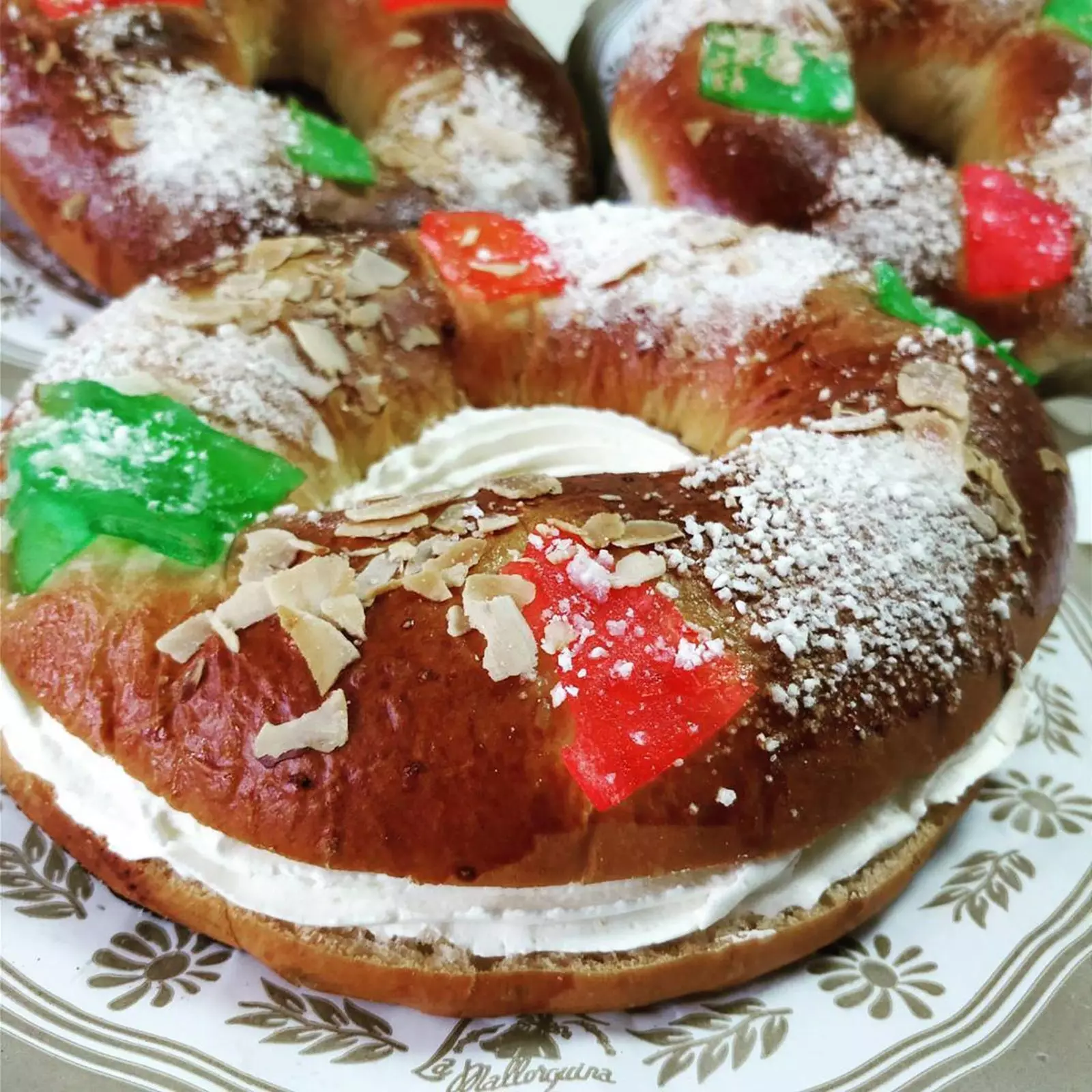
Here is the work of art of La Mallorquina
MADRID HAS ROSCONES OF INFARCTION
The roscón de Reyes in Madrid It is quite an institution. You have to hurry to order the roscones for days 5 and 6 because some have a waiting list that can hold up the party. Our selection of roscones this year:
** La Magdalena de Proust (Regueros, 8).** It is one of the roscones that we liked the most this year, with the ECOLOGICAL seal by flag. Made with whole cane sugar, butter from Soria and Segovian eggs from free-range chickens, the flavor of lemon and toasted almonds make this roscón a winner. We have tried it filled with cream and we have literally gone crazy. Price €24 for a ½ kilo roscón.
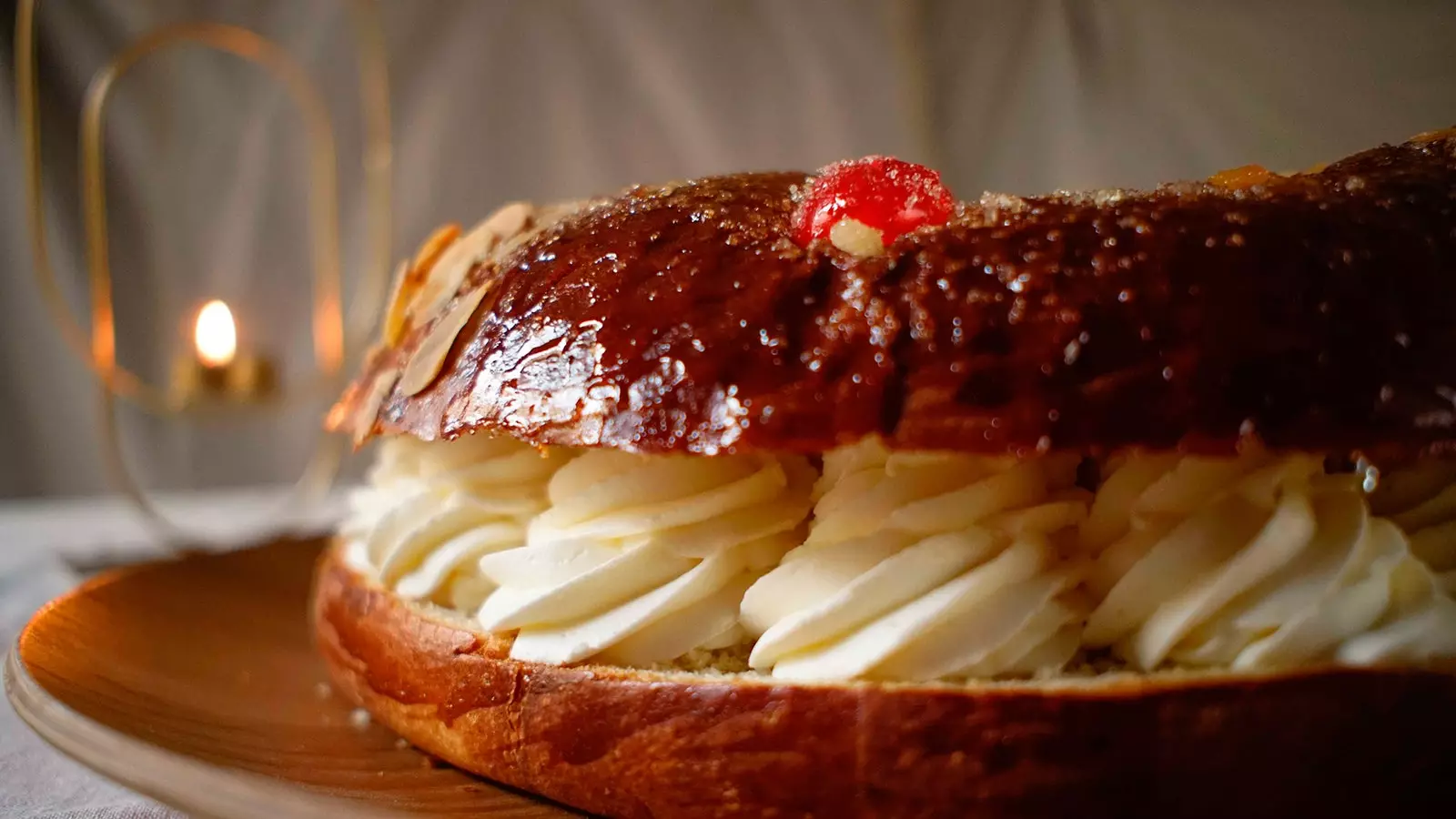
Roscón de la Magdalena de Proust
** Panod (Prim, 1) .** Panod's roscón de reyes is always one of the most apparent, one of those that It is perfect in the photo of rigor. The workshop of panod he is always in continuous movement and, if you are lucky enough to get one of his incredible roscones, rest assured that it has only been done for a few minutes. Fluffy inside and with a good sugar crisp on the outside. Long live the textures! Price: €19.50 the half kilo roscón.
** Babette's oven _(Joaquín Lorenzo, 4) _.** The taste for the artisan roscón has always placed the roscón in Babette's oven in very privileged positions within all rankings. This year we have undressed him from the workshop and its traditional roscón is not excessively sweet nor does it highlight the orange blossom water , but when you taste it you notice the citrus and the flavor of the Christmas . The orange has a special confit that they make in the workshop. Price: €20.50 the half kilo roscón.
** La Mallorquina _(Pta. del Sol, 8) _.** It is surely one of the best-selling roscones in the capital. And it is that these days, La Mallorquina sells roscones as if they were churros. His bet is always the traditional one, in many sizes and with all kinds of fillings.
Its truffle filling triumphs , already a classic among the classics. Price: €25 the half kilo roscón.
** Mother Yeast _(Ortega y Gasset, 92) _.** In this case it is Moncho Lopez the one who reveals to us the wonderful cream filled donut , but not just any cream, but one of the first division, delicate and in its right sweetness.
It is a roscón without frills, but very balanced and perfect to repeat dish about four times or enjoy it individually with its mini format. There are a thousand prices, depending on the roscón that one takes.
** Pan Delirio _(Juan Bravo, 21) _.** This year he took home the award for Best Artisan Roscón of the Community of Madrid. And it is that the roscón of Javier Cocheteux It is not just any roscón: with a hint of rum and an incredible silky crumb, it is the result of a job done with care and u a slow fermentation.
There has been such a demand that they have already had to deactivate the online store. Price: €20 the half kilo roscón.
** Moulin Chocolat (Alcalá, 77).** It's wrong to say it but possibly it is the best roscón de Reyes that exists in the whole world. Last year were awarded the title of Best Artisan Roscón of the Community of Madrid and possibly fell short.
Ricardo Velez does magic with the dough, getting a crumb in the indescribable roscón. The coverage of it is based on sugar and almond , and that's it. What else for? Price: €22 the half kilo roscón.
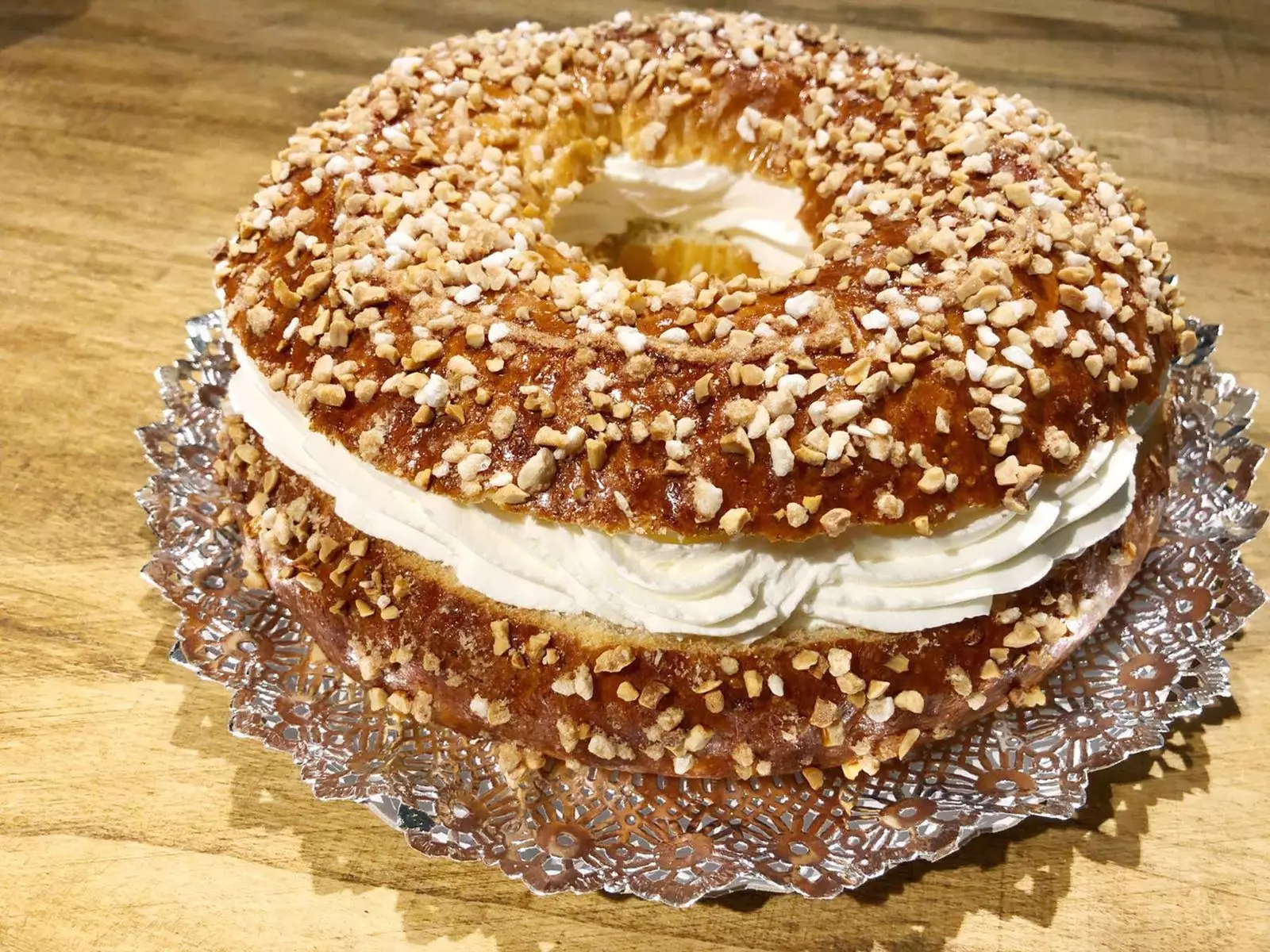
Moulin Chocolat is, without a doubt, one of the best
